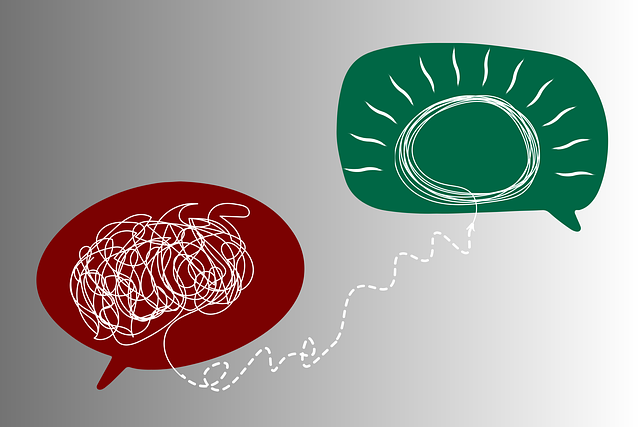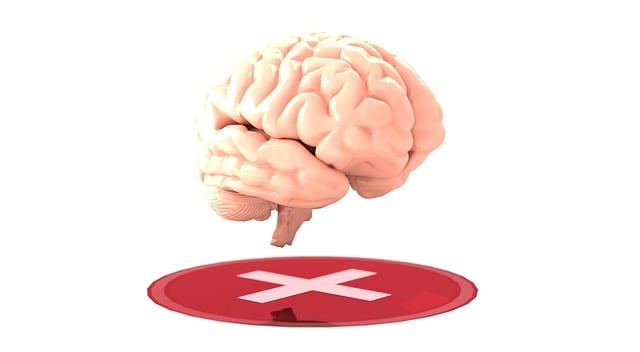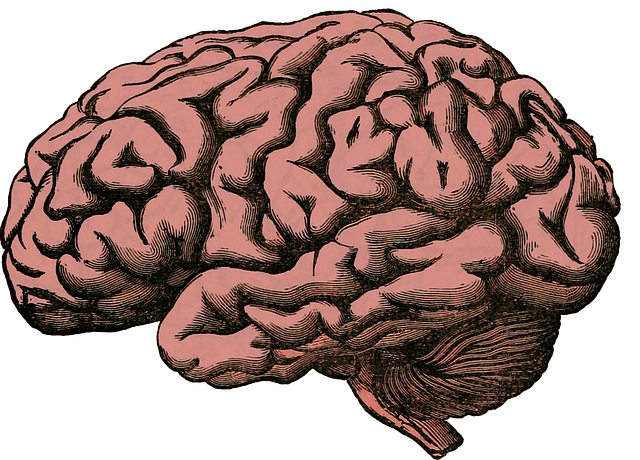Lone Tree Crisis Counseling Therapy employs a comprehensive risk assessment strategy as a foundational harm minimization technique. By analyzing potential risks, including subtle vulnerabilities, counselors develop tailored mitigation plans using emotional intelligence and cultural competency training. Conflict resolution techniques further enhance safe environments. This holistic approach ensures effective support for diverse clients, preventing crises and promoting long-term mental health stability through specialized interventions, Mental Health Policy Advocacy, and broader initiatives like Mental Health Awareness and stigma reduction.
Risk assessment and harm minimization are vital components of creating safe environments, especially with the support of professional counseling therapies like Lone Tree Crisis Counseling Therapy. This article explores these key aspects, offering a comprehensive guide. We delve into understanding risk assessment by identifying potential hazards and vulnerabilities. Next, we present practical harm minimization strategies for safer spaces. Additionally, we examine the role of Lone Tree Crisis Counseling Therapy in effective risk management, followed by steps to develop a comprehensive risk mitigation plan.
- Understanding Risk Assessment: Identifying Potential Hazards and Vulnerabilities
- Harm Minimization Strategies: Practical Approaches for Safe Environments
- The Role of Lone Tree Crisis Counseling Therapy in Risk Management
- Developing a Comprehensive Plan: Steps Towards Effective Risk Mitigation
Understanding Risk Assessment: Identifying Potential Hazards and Vulnerabilities

Risk assessment is a critical step in any comprehensive harm minimization strategy, and it forms the foundation for effective crisis counseling and therapy at Lone Tree Crisis Counseling Therapy. This process involves identifying, analyzing, and evaluating potential risks or hazards that could negatively impact individuals or communities. By understanding these risks, counselors and healthcare providers can proactively develop strategies to mitigate their effects. It is about recognizing not just the obvious dangers but also the subtle vulnerabilities that may be present in various situations.
In the context of counseling and therapy, emotional intelligence plays a pivotal role. Healthcare provider cultural competency training ensures that professionals are equipped to handle diverse client populations, considering unique cultural backgrounds and potential triggers. Additionally, conflict resolution techniques can be employed to address underlying issues and create safer environments. This holistic approach to risk assessment enables counselors to provide tailored support, ensuring the well-being of those seeking assistance at Lone Tree Crisis Counseling Therapy.
Harm Minimization Strategies: Practical Approaches for Safe Environments

Harm Minimization Strategies play a pivotal role in creating safe environments, particularly within the context of mental health services. Lone Tree Crisis Counseling Therapy exemplifies this approach by implementing practical techniques to mitigate potential risks and promote emotional well-being. These strategies involve a multi-faceted approach, including proactive risk assessment for mental health professionals, which is an essential step in identifying and addressing vulnerabilities.
By analyzing potential hazards and their impacts, mental health services can develop comprehensive harm minimization plans. This involves not only reactive measures but also proactive emotional support systems, access to resources, and advocacy for Mental Health Policy Analysis and Advocacy. The ultimate goal is to foster a supportive environment that prevents crises while ensuring the Emotional Well-being Promotion Techniques are accessible and effective.
The Role of Lone Tree Crisis Counseling Therapy in Risk Management

Lone Tree Crisis Counseling Therapy plays a pivotal role in risk management by addressing critical mental health concerns. In today’s fast-paced and often stressful world, the therapy provides a safe space for individuals to confront and overcome personal crises, thereby mitigating potential risks to their well-being. Through specialized interventions, counselors help clients navigate through challenging situations, fostering resilience and promoting healthy coping mechanisms. This proactive approach not only prevents acute incidents but also supports long-term mental health stability.
Moreover, Lone Tree Crisis Counseling Therapy contributes significantly to broader initiatives such as Mental Health Awareness, Burnout Prevention, and Mental Illness Stigma Reduction Efforts. By offering timely interventions and education, the therapy helps dispel misconceptions surrounding mental illness, encouraging individuals to seek help without fear of judgment. This holistic approach ensures that people are equipped with the tools necessary to manage stress, maintain emotional equilibrium, and lead fulfilling lives, thereby minimizing risks associated with untreated or poorly managed mental health conditions.
Developing a Comprehensive Plan: Steps Towards Effective Risk Mitigation

Developing a comprehensive risk assessment plan is a crucial step towards effective harm minimization, especially in settings like Lone Tree Crisis Counseling Therapy. It involves a systematic process where professionals meticulously identify potential risks and hazards within their environment. By taking a proactive approach, therapists can create a safety net for clients struggling with various challenges, including low self-esteem and lack of self-awareness. This plan acts as a roadmap to guide interventions and strategies aimed at minimizing harm and promoting positive thinking.
The initial phase entails gathering relevant data and conducting thorough research on past incidents or trends that may indicate potential risks. Subsequently, a risk matrix is constructed, categorizing identified hazards based on their likelihood and impact. Prioritizing these risks allows counselors to allocate resources efficiently. Self-esteem improvement and self-awareness exercises can be integral parts of the mitigation strategies, empowering individuals to develop coping mechanisms and foster positive thinking.
Risk assessment and harm minimization planning are paramount for creating safe environments, as evidenced by the critical role of Lone Tree Crisis Counseling Therapy in risk management. By understanding potential hazards and vulnerabilities through comprehensive plans, we can effectively mitigate risks and foster more secure spaces. Following practical approaches outlined in this article, organizations and individuals can proactively navigate challenges and ensure well-being for all.














